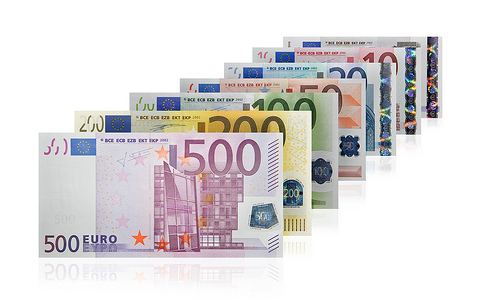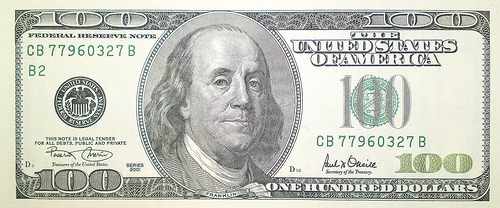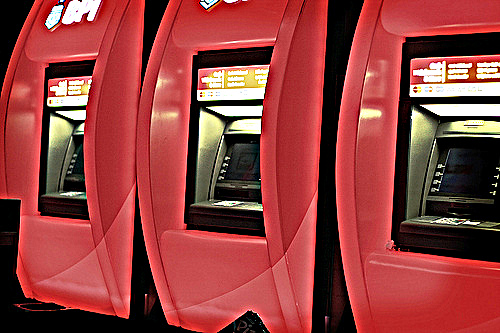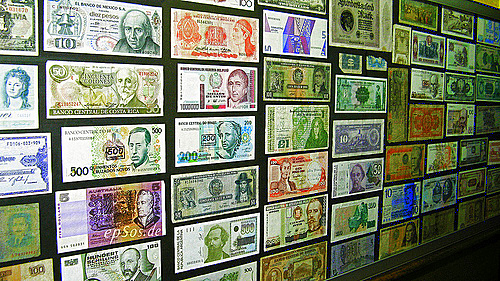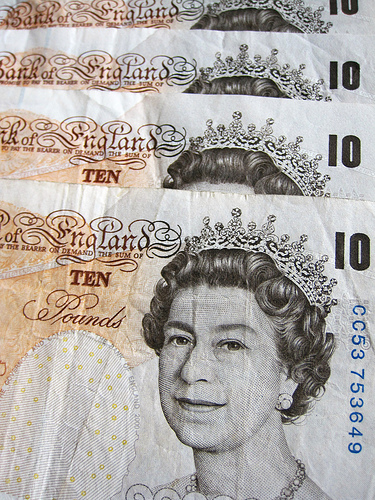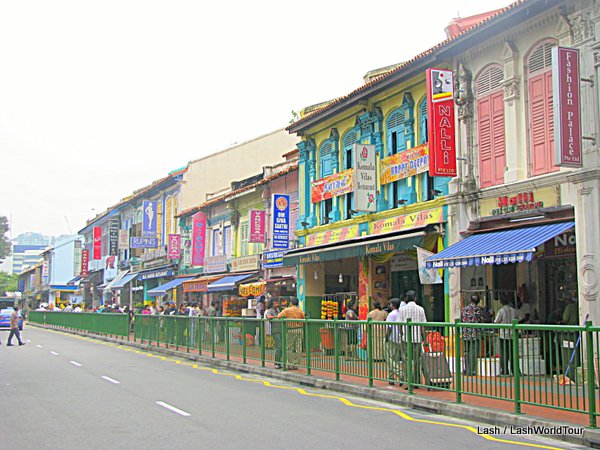Avram Noam Chomsky, born in December 7, 1928 is an American linguist, philosopher,cognitive scientist, logician,historian, political critic, and activist. He is an Institute Professor and Professor (Emeritus) in the Department of Linguistics & Philosophy at MIT, where he has worked for over 50 years.
In addition to his work in linguistics, he has written on war, politics, and mass media, and is the author of over 100 books.According to the Arts and Humanities Citation Index in 1992, Chomsky was cited as a source more often than any other living scholar from 1980 to 1992, and was the eighth most cited source overall.
He has been described as a prominent cultural figure, and he was voted the "world's top public intellectual" in a 2005 poll.
Chomsky has been described as the "father of modern linguistics" and a major figure of analytic philosophy. His work has influenced fields such as computer science, mathematics, and psychology.
After the publication of his first books on linguistics, Chomsky became a prominent critic of the Vietnam War, and since then has continued to publish books of political criticism. He has become well known for his critiques of U.S. foreign policy and the mainstream news media. (source wikipedia)
I read one of his very interesting interviews. I am reproducing it here :
Man: Mr. Chomsky, I’m wondering what specific qualifications you have to be able to speak all around the country about world affairs?
Noam: None whatsoever. I mean, the qualifications that I have to speak on world affairs are exactly the same ones Henry Kissinger has, and Walt Rostow has, or anybody in the Political Science Department, professional historians — none, none that you don’t have. The
only difference is, I don’t pretend to have qualifications, nor do I pretend that qualifications are needed. I mean, if somebody were to ask me to give a talk on quantum physics, I’d refuse — because I don’t understand enough. But world affairs are trivial: there’s nothing in the social sciences or history or whatever that is beyond the intellectual capacities of an ordinary 15 year-old. You have to do a little work, you have to do some reading, you have to be able to think but there’s nothing deep — if there are any theories around that require some special kind of training to understand, then they’ve been kept a carefully guarded secret.
In fact, I think the idea that you’re supposed to have special qualifications to talk about world affairs is just another scam — it’s kind of like Leninism [position that socialist revolution should be led by a “vanguard” party]: it’s just another technique for making the population feel that they don’t know anything, and they’d better just stay out of it and let us smart guys run it. In order to do that, what you pretend is that there’s some esoteric discipline, and you’ve got to have some letters after your name before you can say anything about it. The fact is, that’s a joke.
Man: But don’t you also use that system too, because of your name-recognition and the fact that you’re a famous linguist? I mean, would I be invited to go somewhere and give talks?
Noam: You think I was invited here because people know me as a linguist? Okay, if that was the reason, then it was a bad mistake. But there are plenty of other linguists around, and they aren’t getting invited to places like this — so I don’t really think that can be the reason. I assumed that the reason is that these are topics that I’ve written a lot about, and I’ve spoken a lot about, and I’ve demonstrated a lot about, and I’ve gone to jail about, and so on and so forth — I assumed that’s the reason. If it’s not, well, then it’s a bad mistake. If anybody thinks you should listen to me because I’m a professor at M.I.T., that’s nonsense. You should decide whether something makes sense by its content, not by the letters after the name of the person who says it. And the idea that you’re supposed to have special qualifications to talk about things that are common sense, that’s just another scam — it’s another way to try to marginalize people, and you shouldn’t fall for it.
http://noam-chomsky.tumblr.com/

